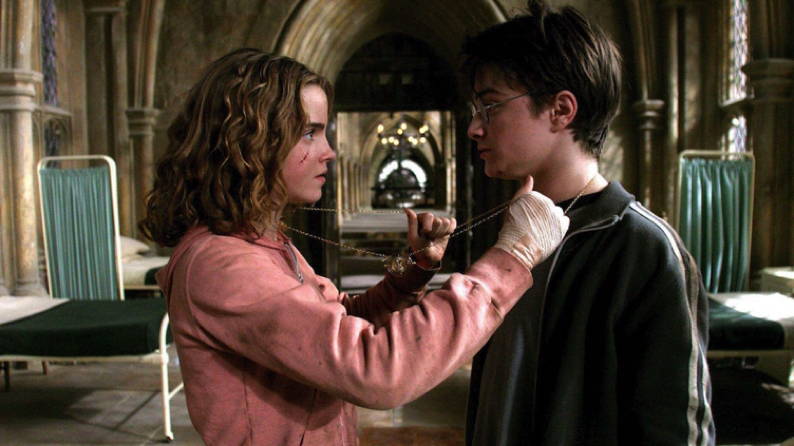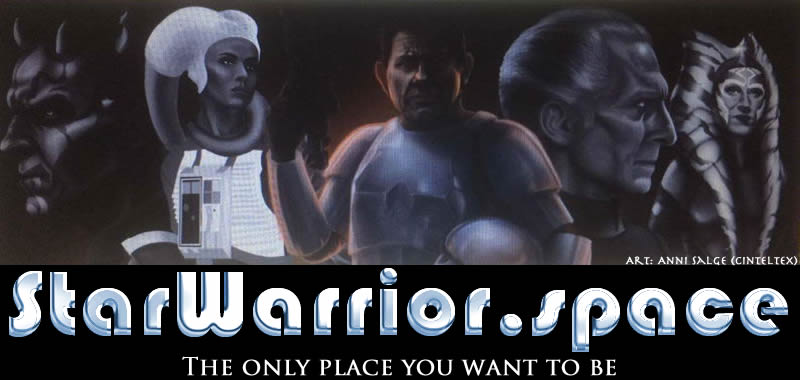Does Harry Potter have the most logical time travel in science fiction?
 Time travel is one of the most popular plot devices in science fiction, with the trope appearing in everything from Futurama to Kurt Vonnegut's Timequake. But just like ice cream at Baskin Robins, or the quarks that make up atoms, time travel stories come in many different flavors. If you're curious about tasting them all - or at least an extensive collection of them - YouTuber minutephysics has you covered with his latest video, which demonstrates the different ways characters can interact with their past, future, and alternate selves.
Time travel is one of the most popular plot devices in science fiction, with the trope appearing in everything from Futurama to Kurt Vonnegut's Timequake. But just like ice cream at Baskin Robins, or the quarks that make up atoms, time travel stories come in many different flavors. If you're curious about tasting them all - or at least an extensive collection of them - YouTuber minutephysics has you covered with his latest video, which demonstrates the different ways characters can interact with their past, future, and alternate selves.
Minutephysics, who's deconstructed many other heady topics such as the physics of teleportation and the problems with cloning, uses his latest video to delve into a less science-focused and more story-focused analysis of the different types of time travel timelines in popular science fiction. It's noted below the video that this exercise is meant as "an explanation of how time travel functions in different popular movies, books, & shows - not how it works 'under the hood'..."
To that end, the video breaks down the stories of Planet of the Apes, Ender's Game, Harry Potter and the Prisoner of Azkaban, Bill & Ted's Excellent Adventure, Primer, Back to the Future, Looper, Groundhog Day, the video game Braid, and the YouTube Red sci-fi series Lifeline, in an attempt to determine which type of time travel structure has the most "logical consistency." Minutephysics defines logical consistency in this context as a proper handling of freewill ("time travel to the past, where you can't change the past"), and only having one timeline (as opposed to many timelines when characters time travel and make new universes).
31st October 2017








